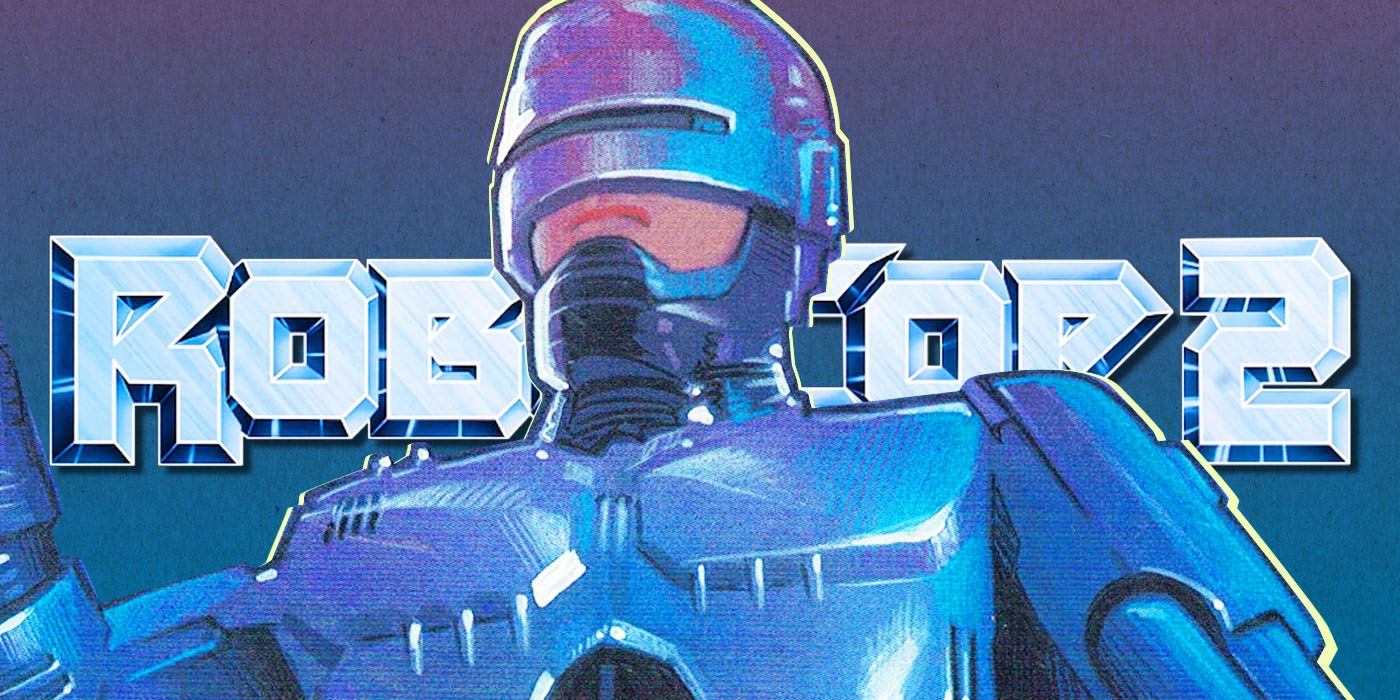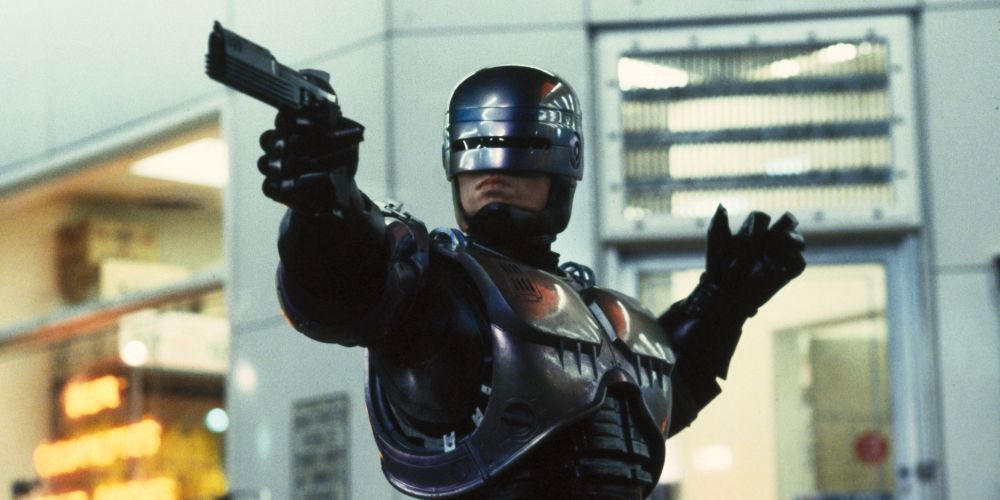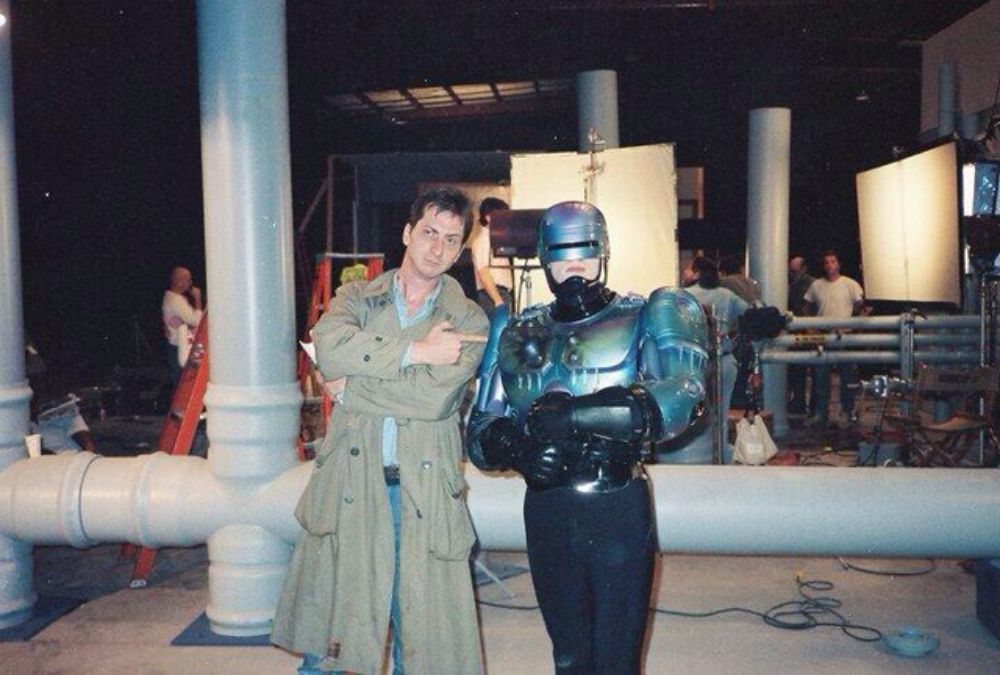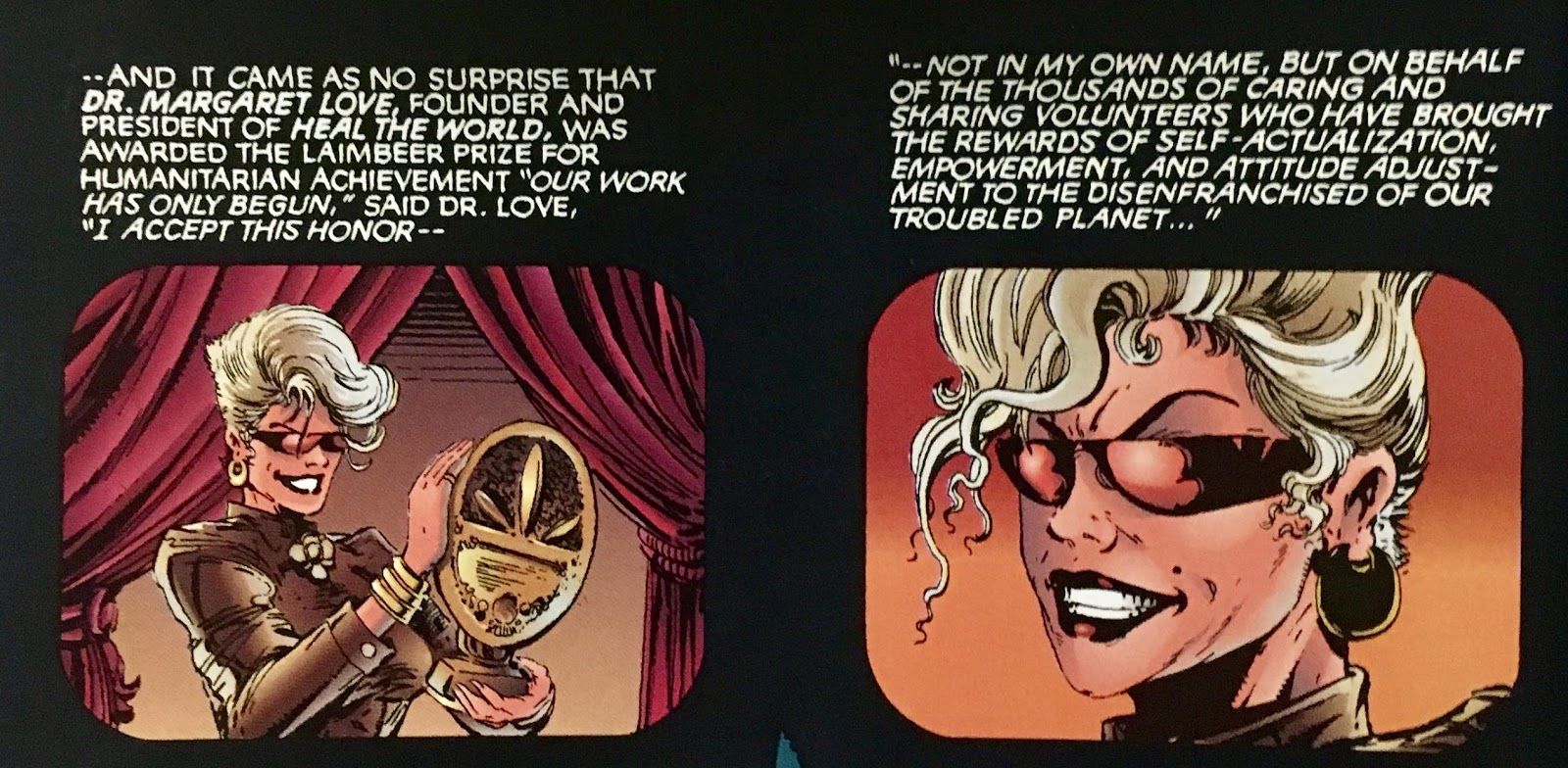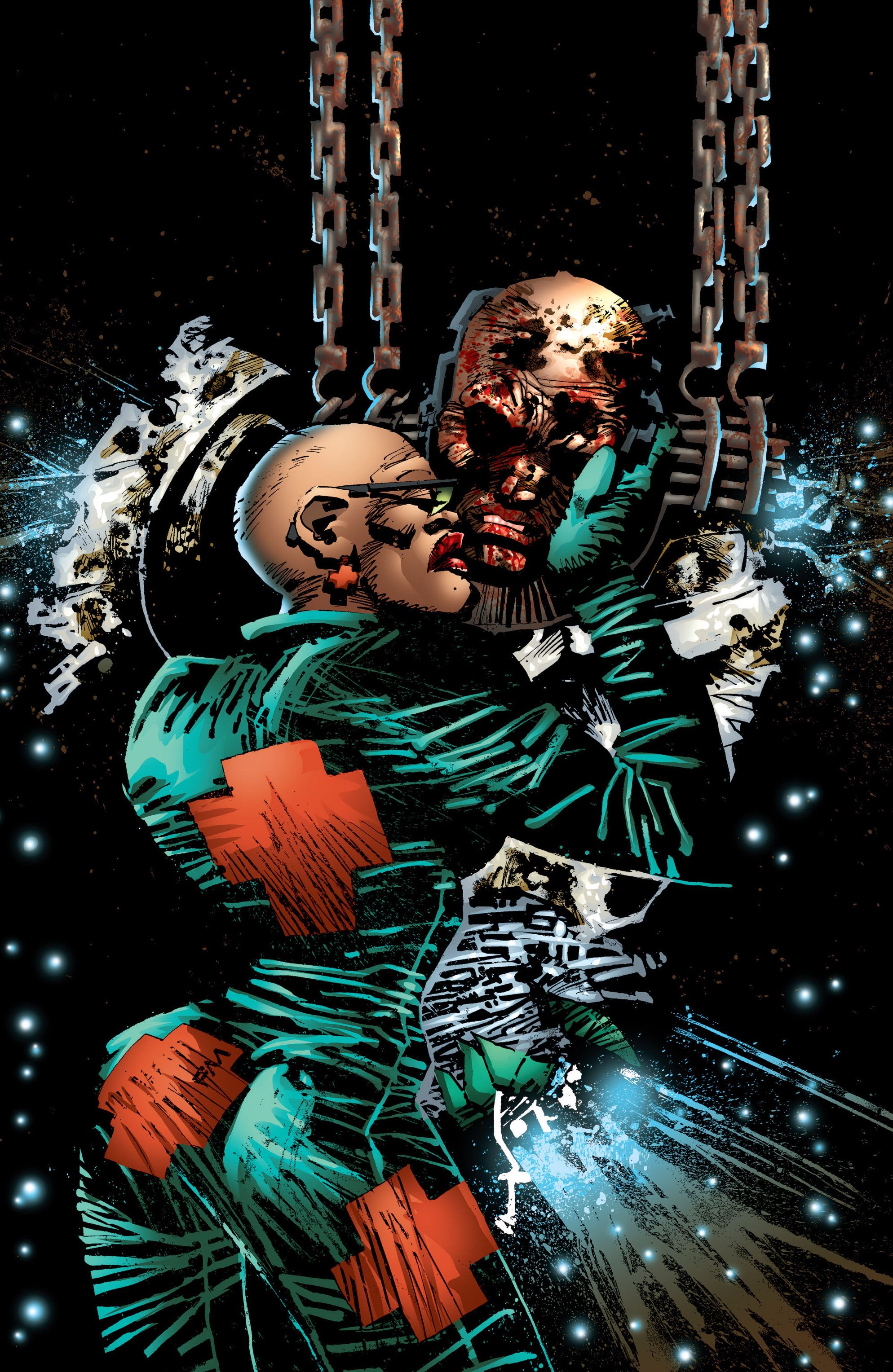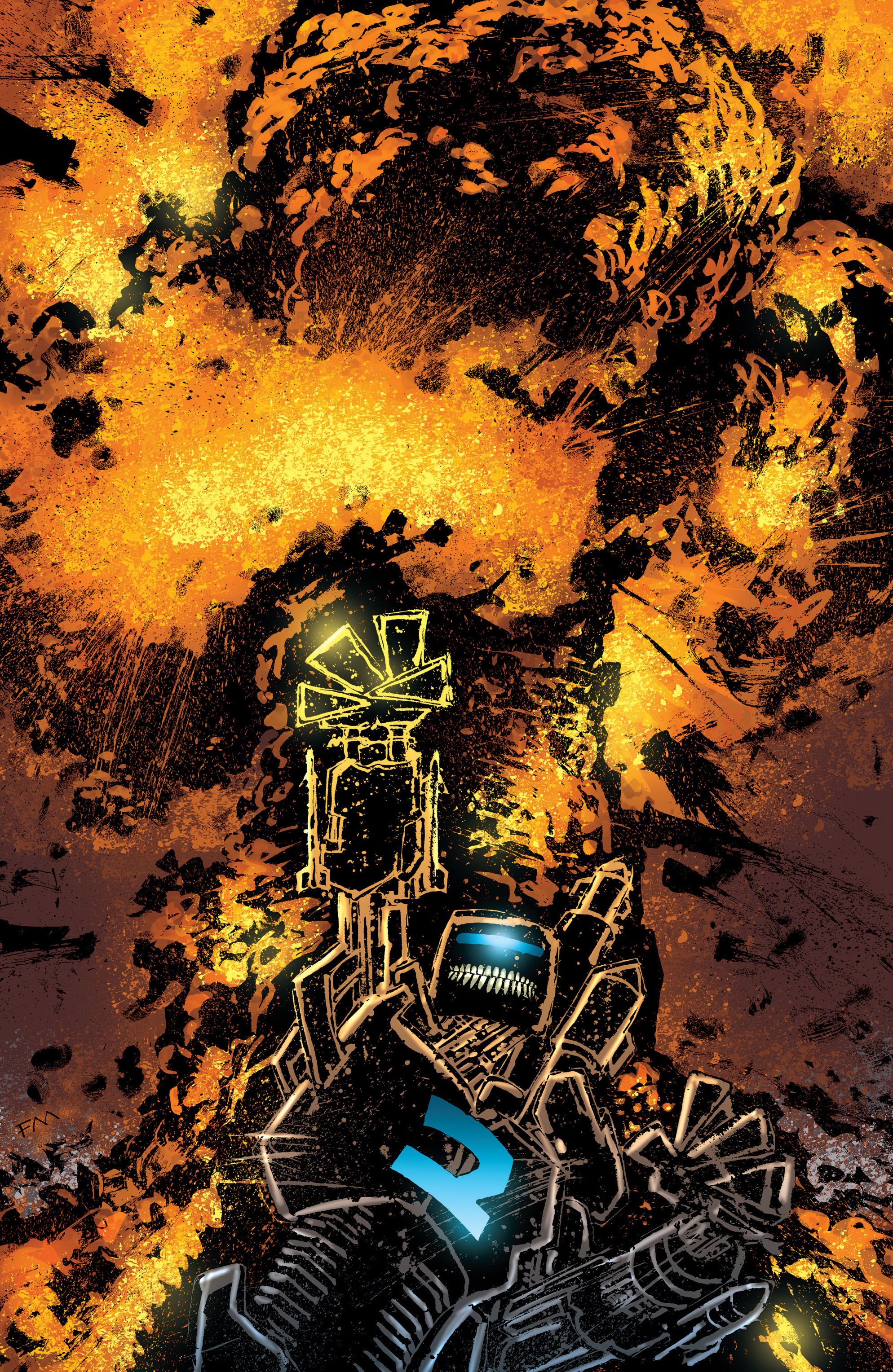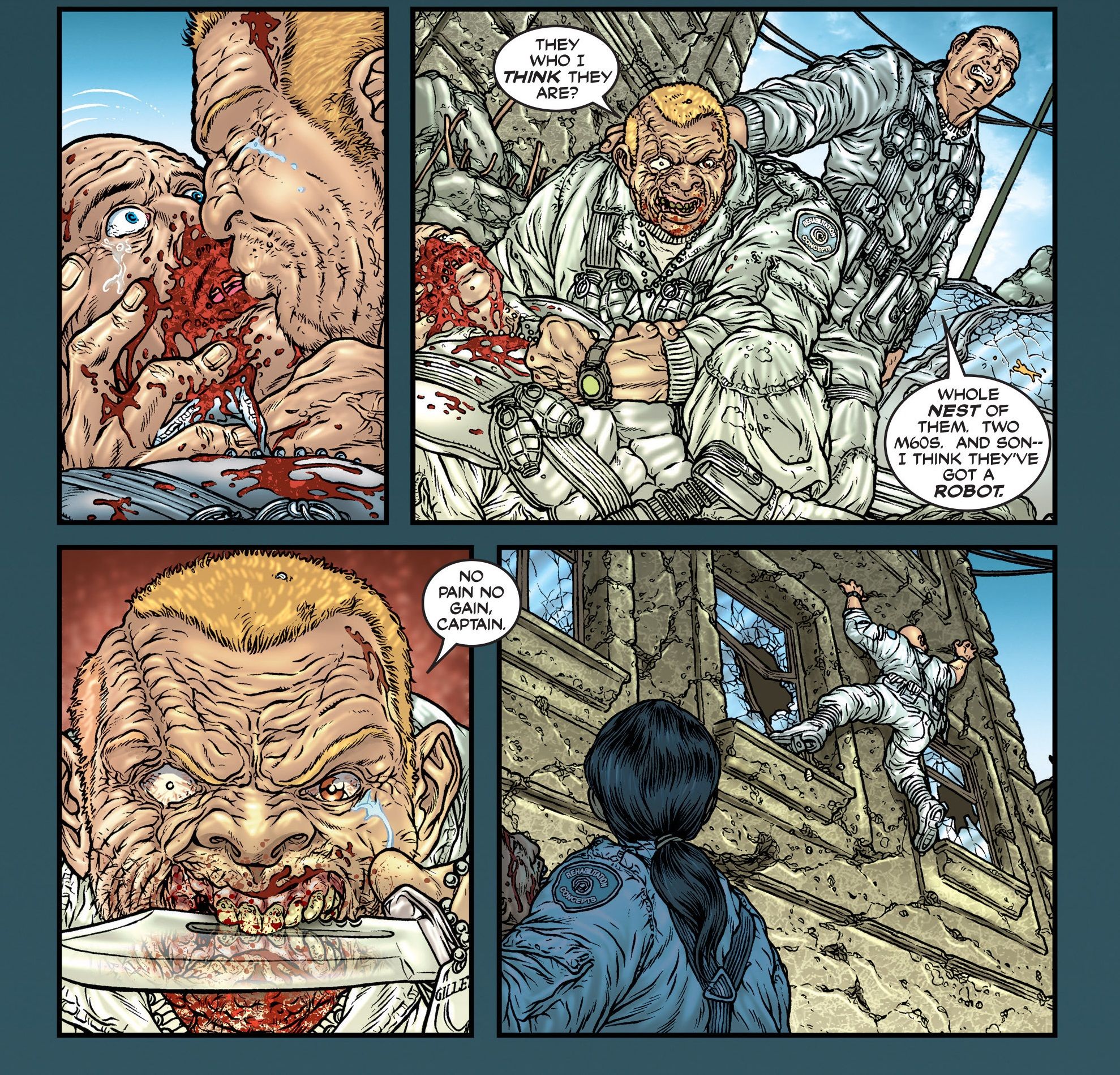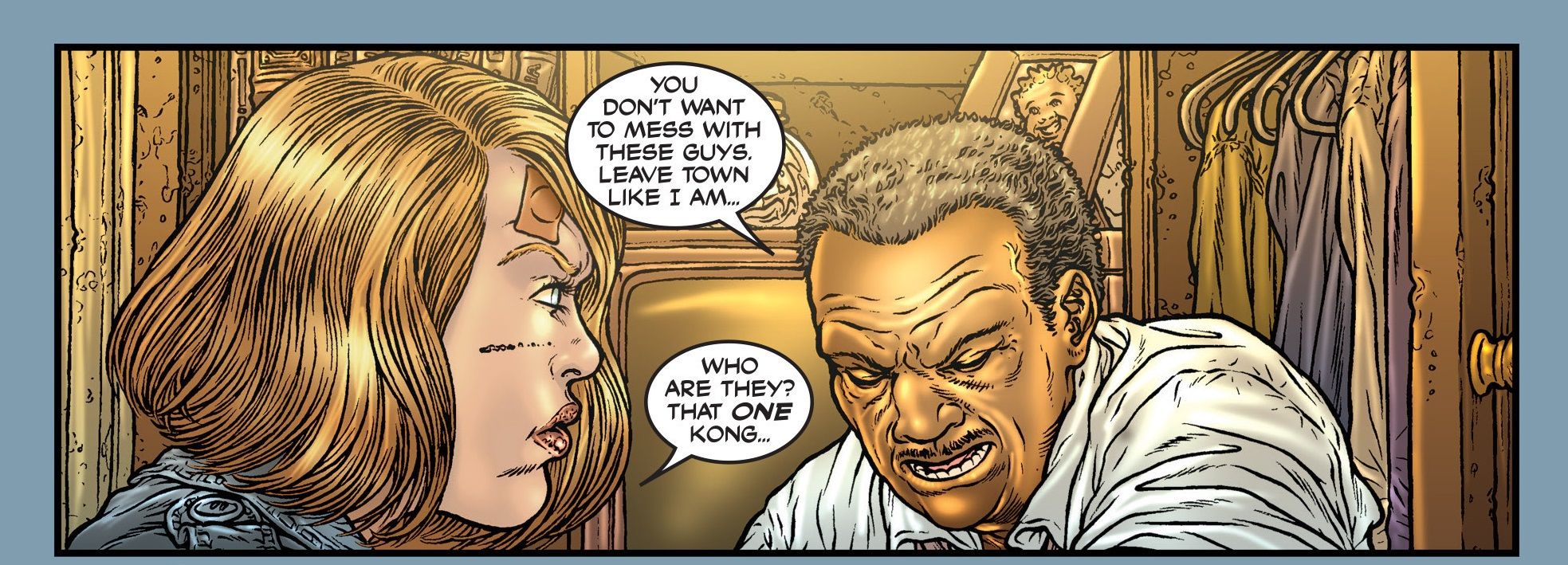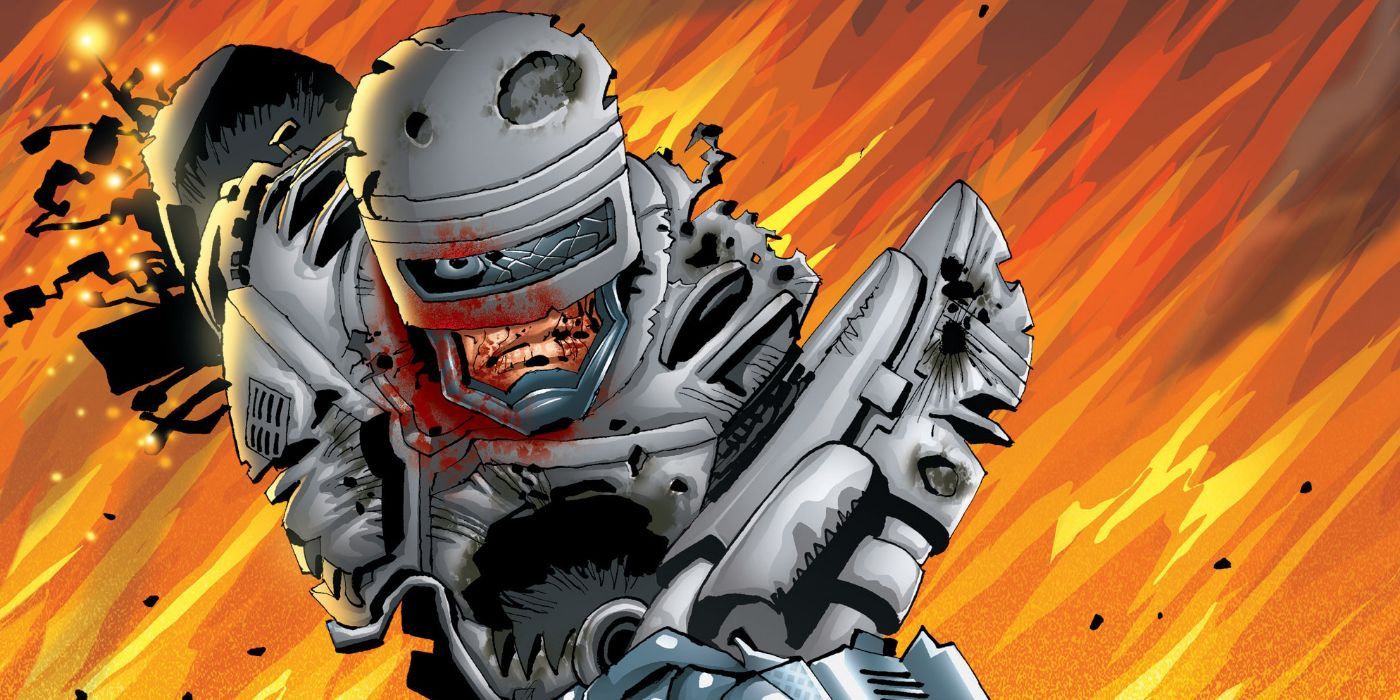Welcome to the 19th installment of Page One Rewrite, where I examine comics-to-screen adaptations that just couldn’t make it. This week, we have Frank Miller's Robocop, the rare instance of an abandoned screenplay being adapted to comic book form.
Created by writers Edward Neumeier and Michael Miner, Robocop was a surprise critical and commercial hit in 1987, thanks to the sensibilities of auteur director Paul Verhoeven and the script's ability to sprinkle contemporary satire amongst the ultra-violence.
The premise has a future Detroit privatizing its police force, which leads to the Omni Consumer Products corporation transforming a critically injured cop named Alex Murphy into a cybernetic police officer. News broadcasts interrupt the story, presenting bizarre and darkly comic visions of the future, as filtered from a 1980s perspective.
MILLER'S "UNFILMABLE" DRAFT
While Neumeier and Miner worked on a script for the sequel, Orion Pictures was making plans for numerous Robocop projects. Reportedly at Neumeier's suggestion, two comic book scribes were approached about pitching ideas for Robocop stories: Alan Moore and Frank Miller. Moore rejected the offer, while Miller (who'd only watched the first film days earlier at his friends' prompting) was intrigued by the prospect.
Neumeier and Miner's participation in the 1988 WGA strike, and the accelerated schedule for the anticipated Robocop 2, led to their firing. Miller was initially hired to script Robocop 3 but found himself quickly moved over to Robocop 2. Given that Miller's Batman: The Dark Knight Returns also featured a sharply satiric vision of the future, media parodies, and tortured heroes capable of shocking violence, he would seem to be a natural fit for the material.
Unfamiliar with the limitations of film, Miller produced a lengthy first draft that Orion deemed "unfilmable." He went through four more drafts and ultimately shared a screenplay credit with screenwriting veteran Walon Green. Empire Strikes Back director Irvin Kershner stepped in to replace Verhoeven, and Robocop 2 was released in 1990 to decent box office returns but mediocre reviews.
Miller would later state that the experience encouraged him to pursue directing, not screenwriting. (He compared a writer's script to a fire hydrant with a line of dogs waiting around the block to urinate on it.) Over the years, Miller's first draft developed cult status as a lost classic, which prompted Avatar to publish a comic book adaptation as Frank Miller's Robocop in 2003.
What do Robocop 2 and Frank Miller's Robocop have in common? The big picture is similar. Both feature a police strike orchestrated by OCP, a damaged Robocop receiving new, politically correct programming, and the debut of "Robocop 2," sold by OCP as an improved version of the original.
The comic adaptation also reveals some brief moments that went directly from Miller's first draft to the screen. Robocop's comical new directives from OCP go back to this draft, as does the sequence that has Robocop opening fire near a smoker's face in order to enforce a "No Smoking" sign. Some of the script's commercial parodies remain, including one resurrected for 1993's Robocop 3, an animated propaganda piece selling OCP's "Rehab" soldiers. The Robocop 3 sequence was actually animated by famed Simpsons director David Silverman. (It's archived on Youtube by user Julian Pope.) Aside from this, Frank Miller's Robocop is a very different experience.
FRANK MILLER'S UNCENSORED VISION FOR ROBOCOP
Writer (and longtime friend of Miller) Steven Grant was hired to adapt Miller's screenplay into comic book form, with Avatar's star artist Juan Jose Ryp assigned to pencil. Miller contributed new covers for each issue of the miniseries. Grant stated in 2003 his intention was to stick to the screenplay and offer readers not his vision but Frank Miller's -- viewing his job as breaking the stage directions into appropriate panel layouts and maintaining Miller's dialogue.
The series opens with a reference surely lost on anyone born after the 1980s. The Morton Downey Jr. Show was briefly a media sensation, a talk show pioneer in the realm of "Trash TV" featuring a brash, chain-smoking host. He's parodied by Miller's creation Luke Spindle, who introduces himself by kissing an audience member's girlfriend and then punching the guy out. (Given that Downey made a cameo in 1990's Predator 2, it's conceivable he might've shown up here, as well.)
Spindle establishes some exposition: To make way for its new housing development, OCP is demolishing lower-income sections of Detroit (usually with the families still inside). The police are on strike due to OCP's ruthless cutting of their benefits, which leaves Robocop as one of the few cops still on the streets. We meet him again when Robocop rescues a girl from a group of human traffickers who are abducting the orphans left behind in Old Detroit.
Robocop 2 received criticism for ignoring the first film's ending, which indicated that Alex Murphy's true personality had returned, in spite of OCP's programming. Miller's initial draft has at least a defensible starting point -- Robocop is becoming frayed after weeks without rest, leaving him as not quite Murphy and not quite the obedient machine OCP desires.
THE STRANGE JOURNEY OF MARGARET LOVE
Numerous characters from Robocop 2 -- such as drug kingpin Cain and his adolescent accomplice Hob -- are nowhere to be seen here. A precursor to Robocop 2's Dr. Juliette Faxx, the manipulative head of OCP's "Attitude Adjustment team," can be found, however. Dr. Margaret Love is introduced in the second issue, fulfilling the same role as Dr. Faxx but more nakedly as a parody of merciless political correctness.
Miller didn't abandon this concept, later resurrecting this scrapped character as the antagonist for 1994's Spawn/Batman crossover. In that story, she again represents Miller's belief that fascism hides behind a polite, tolerant veneer.
So could the holder of Orion's library, DC Comics, Todd McFarlane, Avatar, or Frank Miller himself claim ownership of Margaret Love? This might be a thorny question. Juan Jose Ryp's design of Love looks nothing like McFarlane's. And neither artist interprets Love as Miller does on the cover of #4, where he decided Love should be…bald?
Miller's cover for #5 also indicates his thoughts on Robocop 2's design.
THE UNIQUE MILLER FINGERPRINTS
Dr. Love resents Murphy's Catholic upbringing, which she feels makes him too resistant to her new, "pro-social" programming. After Robocop unlawfully aids a family during a violent eviction, Love soon finds the perfect candidate to serve as OCP's "Robocop 2," a deranged member of OCP's Urban Rehabilitation Officer program named Kong. This is another element the audience might recognize from other Miller works. The "Rehab" soldiers, a paramilitary group recruited to replace the striking police, also appear in the Miller-scripted Robocop 3.
One of the Rehabs delivers to the Detroit police a taunting history on the Battle of Thermopylae and those 300 Spartans, a reference Miller fans surely know. Miller devotees will also catch quick tributes to friends like Howard the Duck creator Steve Gerber and a reference to Dark Knight Returns' Police Commissioner Ellen Yindel.
Miller's template for the dangerously violent Kong also isn't hard to place. His dialogue reads as if it belongs to the Daredevil villain Nuke, introduced in Miller's seminal "Born Again" arc.
Does this lead to a climactic final battle between Robocop and the murderous Kong? Not quite. Robocop, after forcing Dr. Love to erase his new programming, leaves Love to die in a fire. Desperate, she uploads her consciousness into Robocop 2's cybernetic frame.
A SURPRISING DEATH AND CLOSING SEQUENCE
After Robocop faces down the Rehabs, the new Love-controlled Robocop 2 (who naturally loves this newfound power) emerges for the climax.
In addition to a new antagonist, a more surprising turn has Sergeant Warren Reed (Murphy's boss in Robocop and one of the few sympathetic figures in this world) murdered by the Rehabs and OCP, framing the renegade Robocop for their crime.
This escalates the war between Robocop and the Rehabs but doesn't do much else for the story. And although later scripts reportedly fleshed out a backstory for Robocop's partner Anne Lewis, in this version, she barely appears. She fires the final shot that takes out Robocop 2 and receives a passionate kiss from Robocop as a reward but has little else to do here. The final sequence has Robocop abandoning Lewis and his Detroit PD friends before leading a populist revolt against OCP, another element that evokes the eventual Robocop 3.
DID WE DODGE A HAIL OF BULLETS?
The nine-issue miniseries experienced numerous delays, running from July 2003 to January 2006, and received some brutal reviews. Entertainment Weekly's Ken Tucker ranked the comic as a "D," criticizing its "tired story" and dearth of "interesting action." It can be a rough read. The lack of sound effects and busy art makes discerning the story difficult at times, and it's often as guilty of excess as many of Miller's later works.
Still, this version of the story revels in the kind of absurdity found in the first film -- it's much funnier than Robocop 2 -- and would've provided more than enough gunfire and explosions for fans indifferent towards the satire. Its one-time reputation as a lost classic is probably undeserved, but a more focused draft that utilized most of these ideas wouldn't have been as disappointing as Orion's radically reimagined film. As it is, Frank Miller's Robocop does provide fans with something they wanted for years, and it's a shame other lost screenplays haven't seen similar adaptations.

